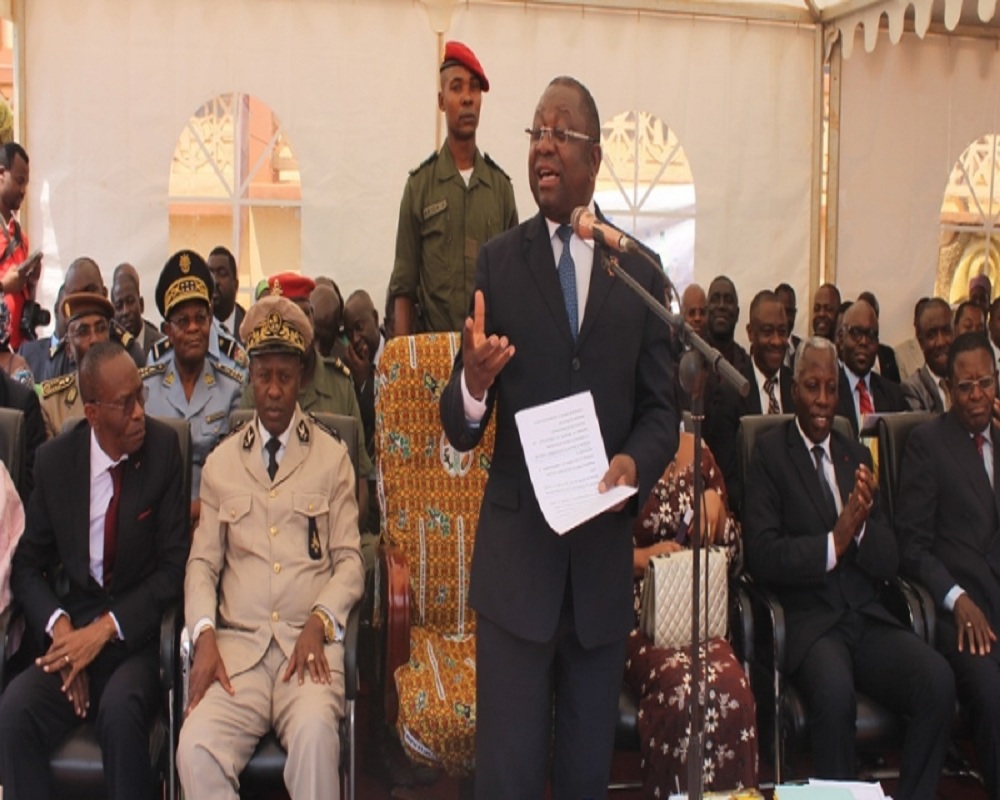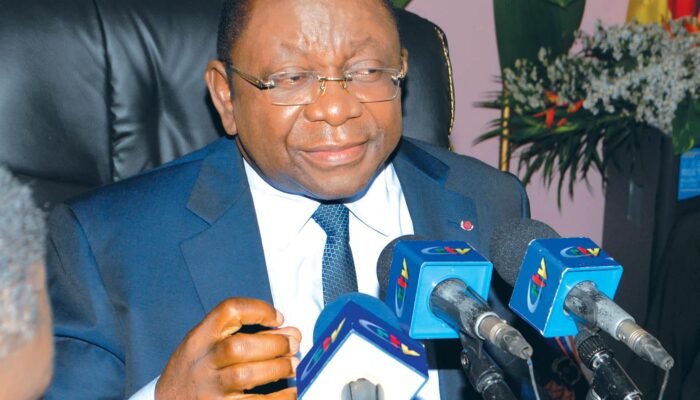January 1, 2021 is the date of the effective start of the Continental Free Trade Area (AfCFTA). A few days before this start, the Minister of Commerce (MINCOMMERCE), Luc Magloire Mbarga Atangana, is raising awareness among economic operators on the functioning of these trade exchanges. It has just made public the terms relating to it.
In the columns of the bilingual national daily Cameroon Tribune on newsstands on November 23, 2020, Parfait Eppoh, inspector of financial management at the foreign trade department at MINCOMMERCE explains that: “it is a question of … raising awareness among economic operators, the main players in these exchanges commercial. The AfCFTA offers a single market with around 1.2 billion consumers and an estimated GDP of 3,000 billion dollars ”.

Thus, the first modality concerns trade in goods as well as services. Our colleague specifies that the technical sheet indicates that the methods adopted are based on a tariff dismantling scheme covering three categories: “the first, called the Main Group, comprises 90% of the tariff lines which will be liberalized over a period of five years for developing countries, 10 years for the least developed countries (LDCs) and 15 years for those of the G6 (Ethiopia, Madagascar, Malawi, Sudan, Zambia and Zimbabwe).
The second category includes a list of sensitive products to be gradually liberalized, i.e. 79% of the lines to be liberalized for 10 years for developing countries, 13 years for LDCs and G6 countries … The third category is called Group of products excluded from liberalization, ie 3% of tariff lines ”.
The second modality focuses on three disciplines of investment, competition policy and trade-related intellectual property rights.





